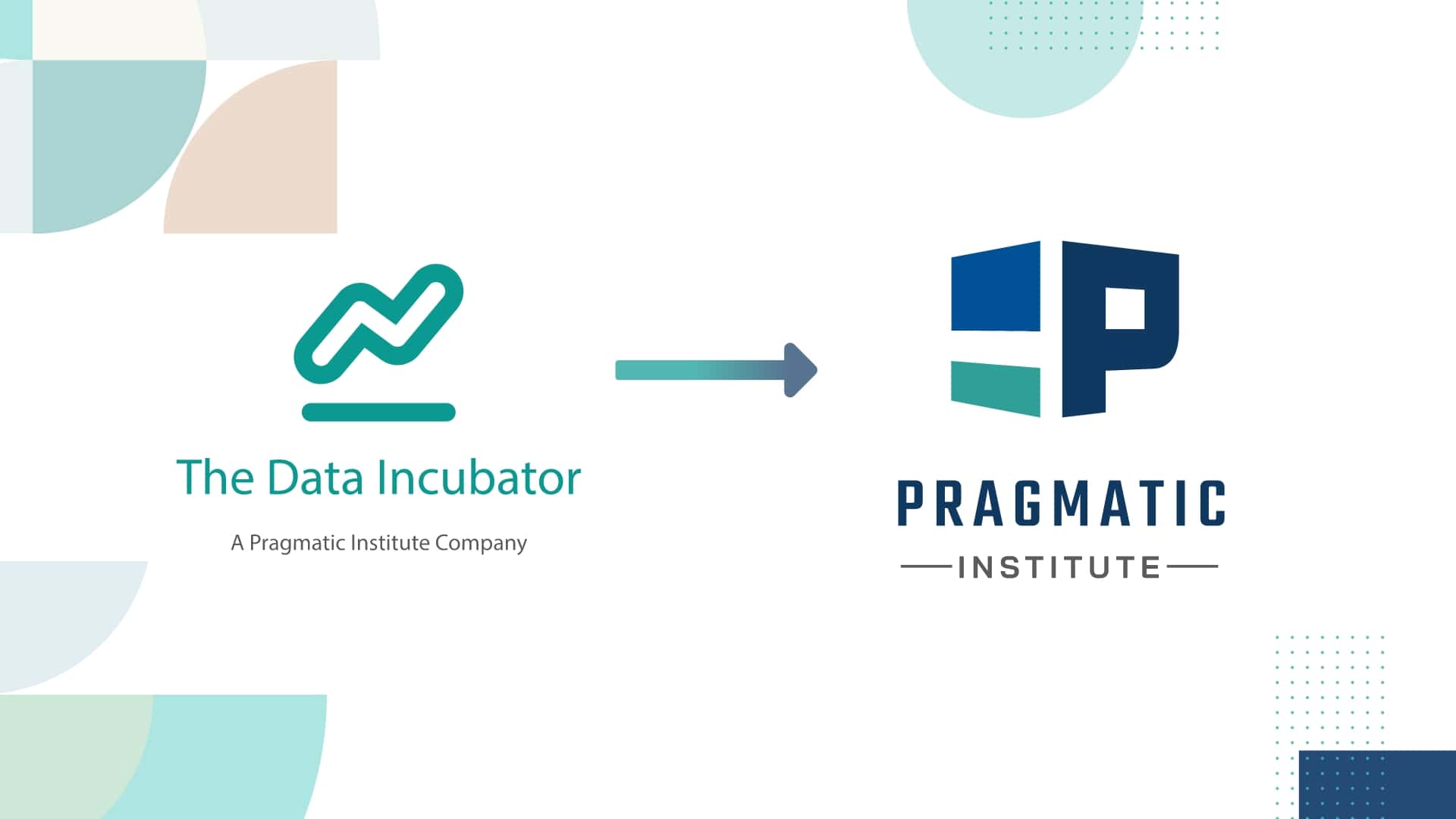Imagine a world where every business decision you make is backed by data – where guesswork and intuition give way to hard facts and strategic insights. Welcome to the reality of today’s data-driven landscape, where savvy organizations are converting insights into impressive profits.
Data is not just a trend; it’s a competitive necessity transforming businesses. Data-driven decision-making has a profound impact on revenue growth and brings many benefits to business leaders and data teams who embrace it.
Companies employing data effectively in their strategies and operations are reshaping the business ecosystem and gaining a competitive edge.
The Power of Data: A Deep Dive into Real-World Examples
Companies globally are reaping significant benefits from investing in data literacy and upskilling, from enhanced customer experience and better decision-making to improved employee satisfaction and retention. Data-driven enterprises outperform the average with 4% higher productivity and 6% higher profits.
They leverage data in numerous ways. Sales data is meticulously analyzed to bolster forecasting accuracy and develop impactful sales strategies. Labor performance and needs are closely monitored, enabling the creation of conducive work environments. Companies also gain critical insights into customer behavior and preferences, which can inform personalized marketing strategies. Furthermore, automating various processes leads to cost reductions and increased efficiency.
One shining example of data’s impact on revenue is MGM Resorts International. This global hospitality giant adopted a data-driven decision-making platform in 2019 and has seen a remarkable transformation. Centralizing their data and automating processes resulted in real-time access to performance data across all their locations. The outcome? Informed decisions, optimized operations, and $2.4M annual revenue increase.
Data’s Impact on Revenue for American Express and the Power of Predictive Analytics
American Express, the multinational financial services corporation, has long been lauded as a leader in utilizing data to enhance customer experience and operations. Their usage of predictive analytics offers a compelling example of the transformative impact of data on revenue.
Predicting Customer Retention
One of the most significant challenges faced by financial institutions is customer attrition. American Express tackled this issue by turning to predictive analytics. They developed sophisticated models that analyze behavioral patterns and spending habits from their vast pool of customers. This data, combined with demographic and lifestyle information, was used to predict potential churn.
The outcome was a proactive intervention strategy. With the ability to foresee potential account closures, American Express could engage these customers with personalized offers and incentives, thereby boosting customer retention and loyalty. This directly translates to improved revenue, as retaining customers is typically more cost-effective than acquiring new ones.
Improving Customer Experience
Beyond operational improvements, American Express also used data to personalize the customer experience. By analyzing transactional data and customer feedback, they can tailor marketing communications and promotional offers to suit individual customers’ needs.
In one example, they used natural language processing (NLP) techniques to analyze feedback from customer surveys, calls, and social media posts. This allowed them to understand customer sentiment and improve their products, services, and communication strategies.
Resulting Impact
The data-driven strategies adopted by American Express have had a profound impact on their bottom line. The customer attrition rate has notably decreased, thanks to their proactive retention strategy. Predictive analytics can reduce customer churn by 15-20% for companies in similar sectors.
Moreover, improved customer experience has further bolstered their brand reputation. Given that it’s 5-25 times more expensive to acquire a new customer than to retain an existing one, according to the Harvard Business Review, this strategic move likely translated into a considerable profit increase for the company.
Other organizations, such as Southwest Airlines, Netflix, and Uber, have also mastered the art of data utilization. Each leverages data in unique ways to drive success and profitability.
The Benefits of Data Training Across Roles
Training in data and analytics can result in more engaged, motivated, and satisfied employees. By offering training and development in these areas, companies can make their employees more adaptable and resilient during business transformations.
Investing in data training is not a one-size-fits-all solution. The benefits vary across roles, and understanding these nuances can unlock the full potential of a company’s data strategy.
For executives, data training provides a strategic understanding of how data can drive better decision-making, leading to improved business outcomes. Data teams gain the necessary skills to manage, analyze, and visualize data, enhancing their ability to deliver actionable insights. For sales teams, understanding data can help with sales forecasting, customer segmentation, and market trends.
Why a Data Science for Business Leaders Course Can Help
The Data Science for Business Leaders course is an investment with measurable returns. This course empowers business leaders with strategies and guidelines for partnering with data professionals to uncover business value, make informed decisions, and solve complex problems.
By enrolling in this course, leaders will better understand how to leverage data, fostering a collaborative data-driven culture within the organization. It’s not just about knowledge; it’s about leading with confidence in a data-driven environment.
The Impact of Data Training on Sales
Companies that employ data-driven sales growth engines experience above-market growth, with EBITDA increases ranging from 15 to 25 percent. They systematically pull five mutually reinforcing levers to empower their sales organization, deriving impact from insights, and improving value-based opportunity prioritization, frontline delivery, and continuous learning.
Starting your data-driven sales journey doesn’t have to be intimidating, regardless of your data maturity and analytical acumen. McKinsey suggests performing an “insights to impact” self-diagnosis to establish a baseline and set the right aspiration. This approach helps identify areas for improvement, prioritize opportunities, and develop a roadmap for implementing data-driven strategies in your organization.
Embracing a Data-Driven Future
An impressive 54% of organizations with advanced data and analytics maturity have seen increased revenue, while 44% have gained a competitive advantage. Furthermore, 80% of businesses reported increased revenues due to real-time data analytics in a recent survey by the Centre for Economics and Business Research, signifying a total recognized value of a staggering $2.6 trillion. It’s clear that harnessing the power of data can lead to informed decisions, increased revenue, and exponential growth.
The future of business is data-driven. It’s time to embrace this reality and unlock the untapped potential of your own data. Are you ready to embark on your data-driven journey and tap into the transformative power of data? There’s no better time than now. Invest in data training for your team and witness the profound impact of data on your organization’s revenue growth.
Want to Learn How to Better Use Data to Solve Business Problems?
If you are ready to gain insights you can act on and solve business problems with data — all while building a data-driven culture at your organization — sign up for Data Science for Business Leaders.
Learn how to harness the power of data and collaborate with data professionals to uncover business value, drive decision making and solve problems.
Author
-

The Pragmatic Editorial Team comprises a diverse team of writers, researchers, and subject matter experts. We are trained to share Pragmatic Institute’s insights and useful information to guide product, data, and design professionals on their career development journeys. Pragmatic Institute is the global leader in Product, Data, and Design training and certification programs for working professionals. Since 1993, we’ve issued over 250,000 product management and product marketing certifications to professionals at companies around the globe. For questions or inquiries, please contact [email protected].








